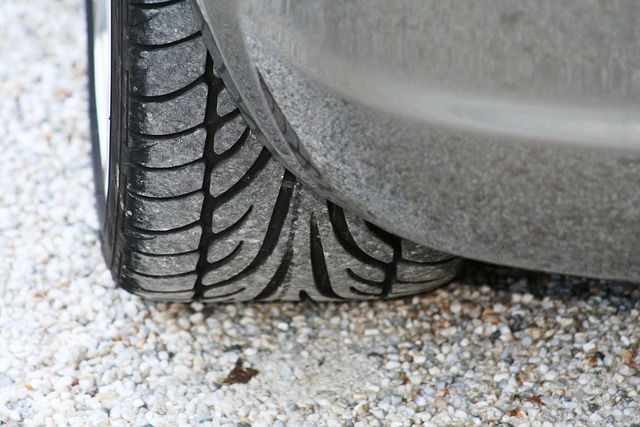Reinventing the Wheel: The Rise of Airless Tire Technology
Imagine a world where flat tires are a thing of the past, where punctures and blowouts no longer threaten your journey. This isn't a distant dream, but a rapidly approaching reality thanks to the revolutionary development of airless tire technology. As we stand on the brink of this automotive evolution, let's explore how this innovation is set to transform our driving experience and the entire transportation industry.

Airless Tires: Reinventing the Wheel
Airless tires, also known as non-pneumatic tires (NPTs), represent a paradigm shift in wheel technology. Instead of relying on compressed air to support the vehicle’s weight, these tires use a complex internal structure of flexible spokes or a honeycomb-like lattice. This design distributes the load across the entire structure, eliminating the risk of punctures and sudden pressure loss.
The concept isn’t entirely new – Michelin introduced the Tweel prototype in 2005. However, recent advancements in materials science and manufacturing techniques have brought airless tires closer to mainstream adoption than ever before.
The Architecture of Innovation: How Airless Tires Work
At the core of airless tire technology lies a sophisticated structural design. The tire consists of three main components: a rigid inner hub, a flexible shear band, and a tread band. The hub connects to the wheel, while the shear band – typically made of high-strength, flexible materials like polyurethane or specially engineered plastics – replaces the air chamber of traditional tires.
This shear band is designed with a pattern of interconnected spokes or a honeycomb structure that flexes under load, mimicking the cushioning effect of air pressure. The outer tread band, similar to that of conventional tires, provides traction and wear resistance.
Advantages that Keep on Rolling
The benefits of airless tires extend far beyond the obvious advantage of being puncture-proof. These innovative wheels offer improved stability, reduced maintenance, and potential fuel efficiency gains. The consistent structure eliminates the need for pressure checks and reduces the risk of accidents caused by sudden tire failure.
Moreover, airless tires have the potential to be more environmentally friendly. Their longer lifespan and the possibility of using sustainable materials in their construction could significantly reduce tire waste. Some designs even allow for easy retread application, further extending the tire’s usable life.
Challenges on the Road Ahead
Despite their promising potential, airless tires face several hurdles before widespread adoption. One significant challenge is heat dissipation. Traditional pneumatic tires rely on air for cooling, whereas airless tires must find alternative ways to manage heat buildup, especially at high speeds or under heavy loads.
Another concern is the ride quality. The unique structure of airless tires can sometimes lead to increased vibration and noise, potentially affecting passenger comfort. Manufacturers are working diligently to refine their designs to match or exceed the performance of conventional tires in these areas.
The Future is Rolling In
As research and development continue, we’re likely to see airless tires make their debut in specific applications before rolling out to passenger vehicles. Construction equipment, military vehicles, and off-road recreational vehicles are prime candidates for early adoption, given their need for durability and puncture resistance.
Several major tire manufacturers are investing heavily in this technology. Michelin aims to have its Uptis (Unique Puncture-proof Tire System) airless tire on the market by 2024. Bridgestone, Hankook, and Goodyear are also developing their versions, signaling a industry-wide shift towards this innovative technology.
Steering Towards a New Era
The advent of airless tire technology represents more than just an incremental improvement in automotive engineering – it’s a fundamental reimagining of one of the most critical components of modern transportation. As these tires roll closer to commercial reality, they promise to enhance safety, reduce maintenance, and potentially reshape our relationship with personal and commercial vehicles.
While challenges remain, the momentum behind airless tire development suggests that we’re on the cusp of a significant shift in how we think about and interact with our vehicles’ point of contact with the road. As this technology matures, it may well become as ubiquitous and transformative as the pneumatic tire was over a century ago, ushering in a new era of automotive innovation and reliability.
The road ahead for airless tires is exciting and full of potential. As automotive enthusiasts and industry observers, we’re witnessing the early stages of what could be a revolution in mobility. The day when flat tires become a distant memory may be closer than we think, marking yet another milestone in our ongoing quest to perfect the wheel.





